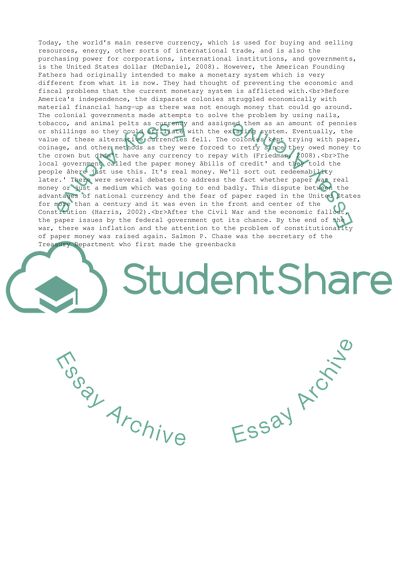Cite this document
(Monetary system Essay Example | Topics and Well Written Essays - 2000 words, n.d.)
Monetary system Essay Example | Topics and Well Written Essays - 2000 words. https://studentshare.org/macro-microeconomics/1828331-monetary-system
Monetary system Essay Example | Topics and Well Written Essays - 2000 words. https://studentshare.org/macro-microeconomics/1828331-monetary-system
(Monetary System Essay Example | Topics and Well Written Essays - 2000 Words)
Monetary System Essay Example | Topics and Well Written Essays - 2000 Words. https://studentshare.org/macro-microeconomics/1828331-monetary-system.
Monetary System Essay Example | Topics and Well Written Essays - 2000 Words. https://studentshare.org/macro-microeconomics/1828331-monetary-system.
“Monetary System Essay Example | Topics and Well Written Essays - 2000 Words”. https://studentshare.org/macro-microeconomics/1828331-monetary-system.


